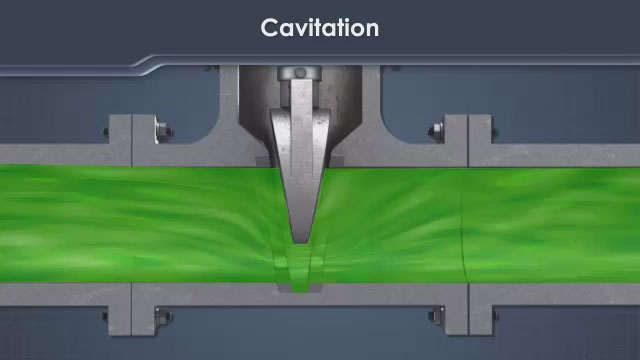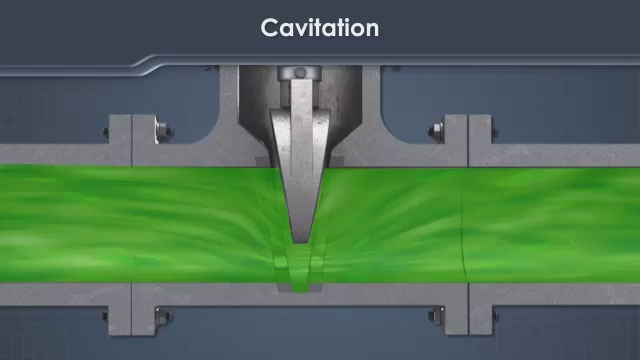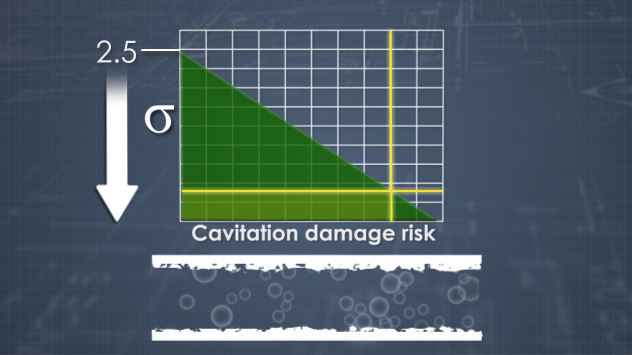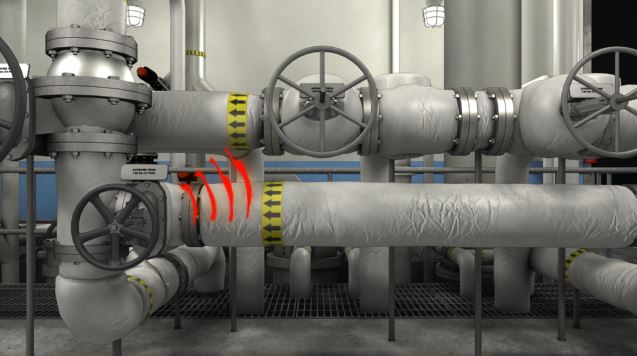




Valve Common Problems
Although every valve and piping system is unique, some common conditions that exist are pressure drops and high fluid velocities. These conditions are not necessarily bad, and may even be part of the system design. This module will explain the causes and possible solutions of common problems resulting from these conditions.
Request a demoCourse Details
Learning Objectives
By the end of this course, you will be able to:
- Describe pressure drop and the problems associated with pressure drop
- Describe flashing and solutions for flashing
- Describe cavitation and the negative effects of cavitation
- Define “choked flow”
- Explain how turbulence can occur and ways to reduce turbulence and its effects
- Describe how to eliminate high noise levels in valves and piping systems
Specs
| Course Level | Intermediate |
| Languages | English |
| Compatibility | Audio, Video, MobileReady, Responsive |
| Based on: | Industry Standards and Best Practices |
Key Questions
What is pressure drop?
Pressure drop is The pressure when the pressure immediately downstream of the valve is lower than the pressure upstream. This drop in pressure is known as the pressure drop or pressure differential and is often abbreviated as ΔP or dP.
What is flashing?
When a pipeline carries a liquid through a restricted-port valve, and the downstream pressure is low enough, some of the liquid can suddenly turn into a gas. This process is called flashing. When a liquid flashes, the downstream flow could be all gas or a mixture of liquid and gas.
What is cavitation?
Cavitation and flashing begin in a similar manner. When a fluid passes through a restricted-port valve, and the downstream pressure is low enough, flashing occurs. After flashing, the pressure begins to recover. If the pressure increase is high enough, some or all of the bubbles implode. The implosion of vapor bubbles is known as cavitation.
What is choked flow?
In normal circumstances, as the pressure drop through a valve increases, the flow rate through the valve also increases. However, when the pressure drop is high enough, the fluid flow can become “choked.” Choked flow is when the flow rate of a fluid can no longer increase regardless of how much the downstream pressure is decreased.
What can cause turbulence to occur?
Fluid moving through piping and valves at a very high speed creates a greater likelihood for turbulence, vibration, and noise to occur.
Sample Video Transcript
Cavitation and flashing begin in a similar manner. When a fluid passes through a restricted port valve and the downstream pressure is low enough, flashing occurs. After flashing, the pressure begins to recover. If the pressure increases high enough, some or all of the bubbles implode. The implosion of vapor bubbles is known as cavitation. It is often possible to hear cavitation in a system. The early stages of cavitation create a cracking or popping noise or may sound like rocks flowing down the pipe. Later stages may create a steady sizzling or hissing sound.
Demos + Pricing
Learn more about our courses, get pricing, and see our platform.











